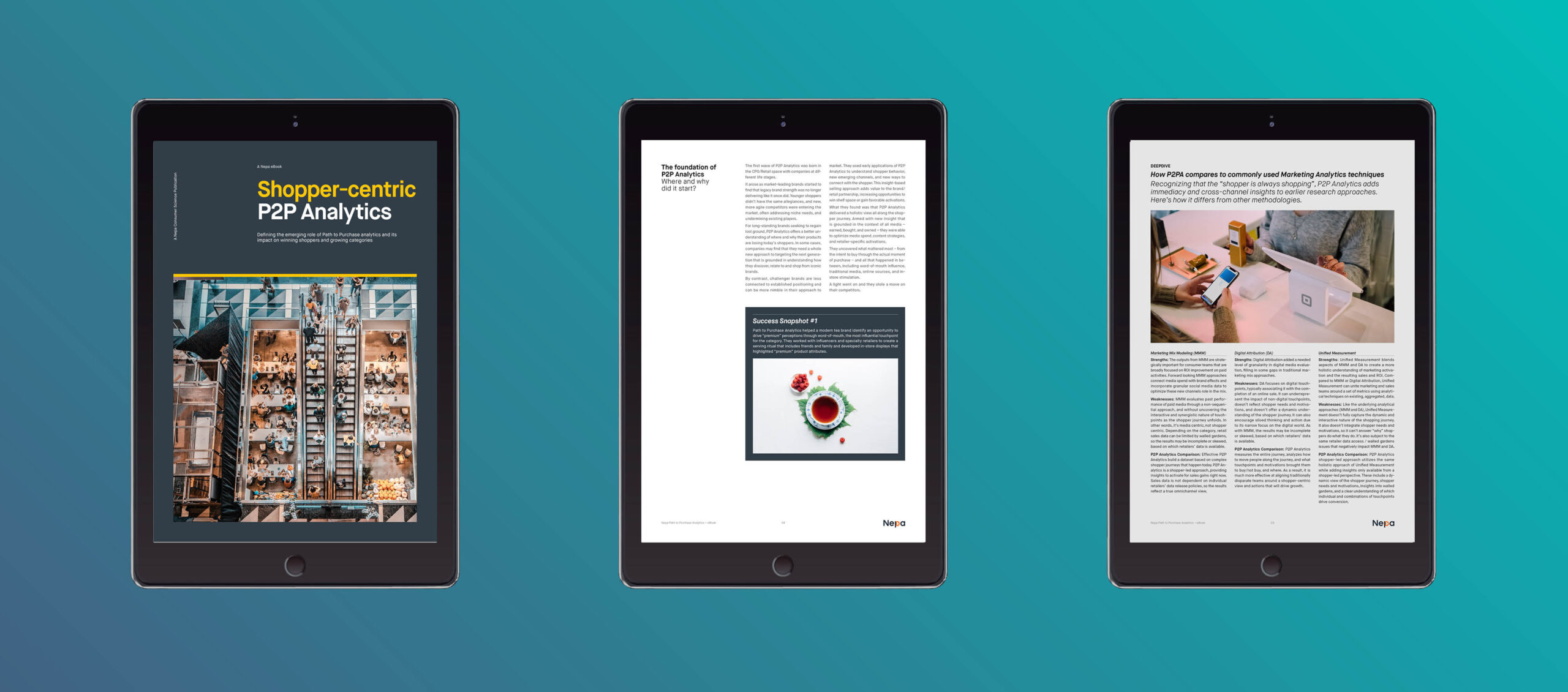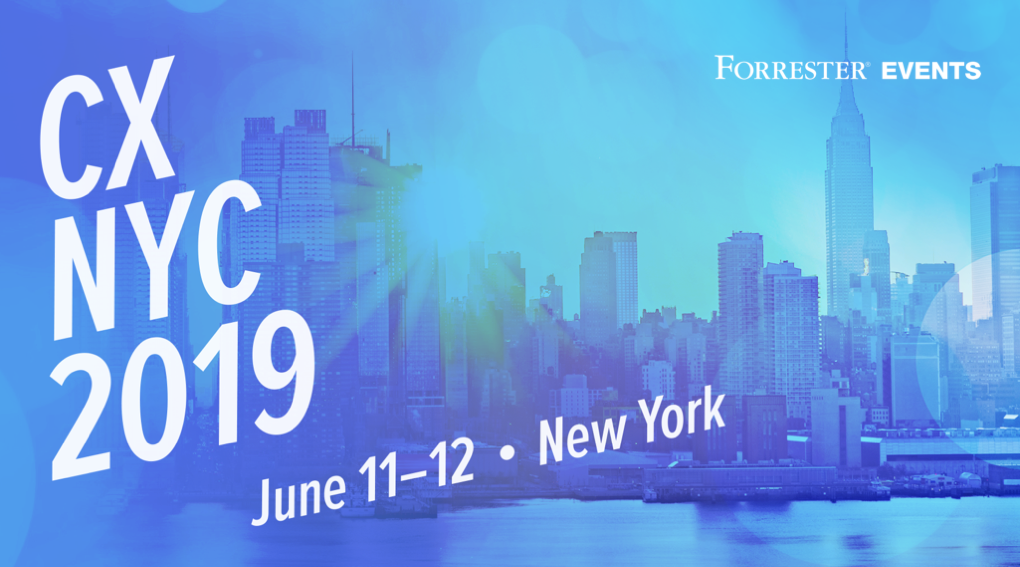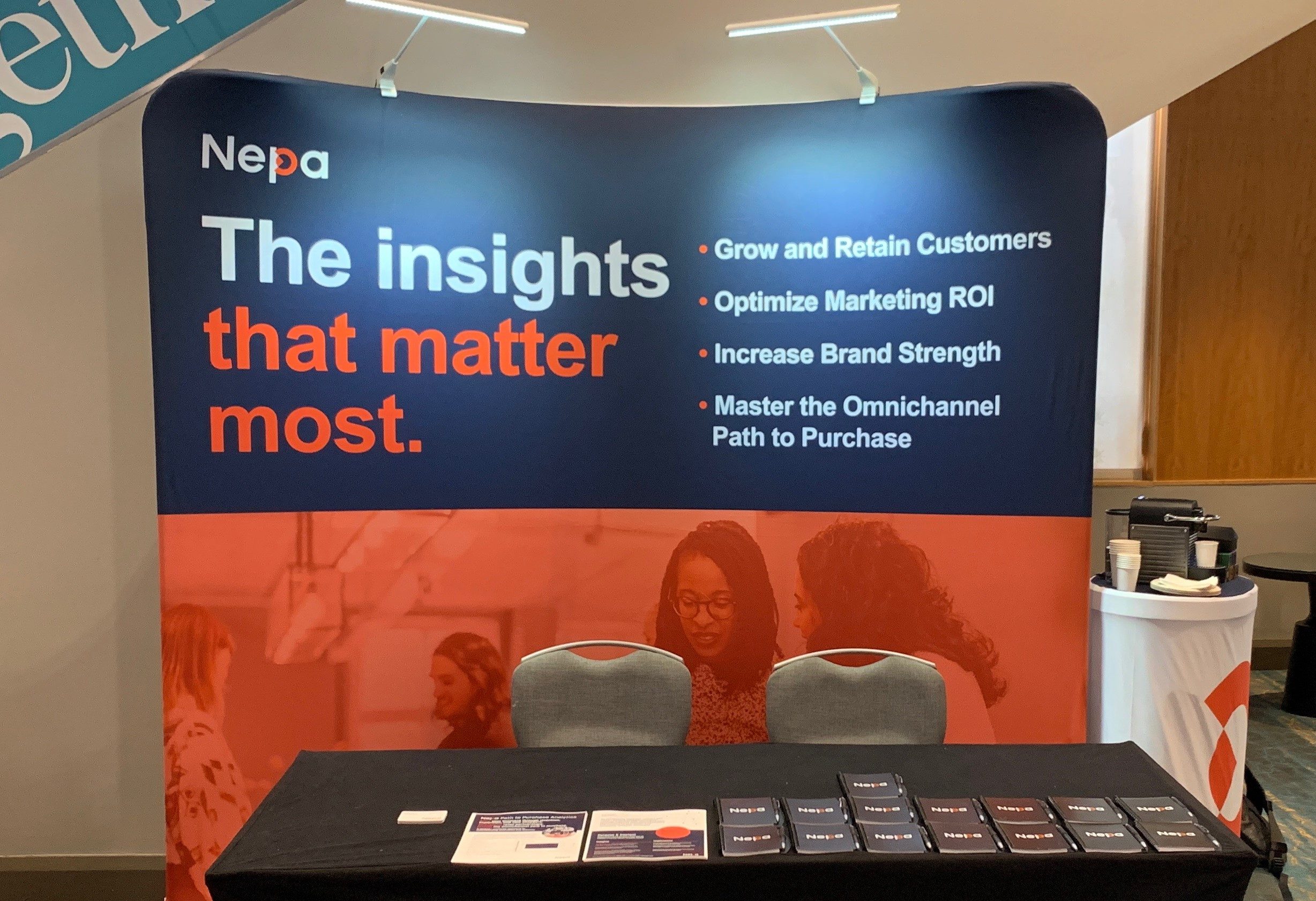By now it’s well established that a CX program, properly executed, can reenergize organizations and transform the customer experience. Getting the technology in the door is relatively straightforward, but before CX can work its data-driven magic you need management buy in.
Based on our experience we have identified four levels of that need to buy in:
- Board of Directors
- C-Suite executives
- Mid-level, e.g. Insights Dept. or LOB leader
- Front line employees
Board or CEO:
Initiating the successful development of a CX program is intimidating. If the mandate doesn’t come from the top of the organization, gaining Board- and CEO-support early on could make or break its success. Senior people promoting CX improvement as a strategic imperative provides motivation for the rest of the organization to support initiatives. Further, executive level backing leads to changes in organizational structure and resource allocation required to be a customer-centric organization.
Recommended action: Pick the Right Test Case
Board and CEO approval is important and picking the right test case for rolling out CX is one of the best tactics available to gain momentum. Start with businesses you know and where you can quickly show value. The focus needs to be on “must have” and not “nice to have”. Establishing a clear purpose and ownership of the process while involving key stakeholders makes it easier to achieve results.
READ ALSO: Brand tracking – your most valuable marketing tool
Take, for example, a retailer that experiencing declining sales due to retention issues. Focus on a vertical or business unit that can ease the CEO’s pain point – improving the digital experience, for example. This results in customer needs being solved quickly and allowing for preventative measures to take shape for future issues; and ultimately creating happy, returning customers. Being focused early on to show results is a win for you, your CEO and your customer.
Mid-Level
Mid-level buy in has a somewhat different paradigm. In this instance, the CX program is likely centered on a department or business line and has not yet captured the entire organization. These executives generally don’t have the ability to dictate implementation beyond their own sphere of influence and the program itself may not yet be seen as a high priority for senior management.
Recommended action: address a current business problem
To make a program successful at the mid-level requires a demonstration of the power of CX to foster change. One proven way is to focus on a handful of business cases where CX can be put in place and show results quickly for specific managers you may need the support of. This is best done by addressing their current business problem, rather than trying to change the whole organization at once. Nothing succeeds like success, and measurable improvements in the customer experience that lead to better business and bottom line outcomes are the most powerful way to build support and expand implementation.
READ ALSO: Brand research: What is it & why is it important?
Front Line Employees:
Front line employees are also critical to making CX work since they’re the ones who ultimately interact with customers. As with management, the best argument is one that uses data to demonstrate a benefit – improved sales and higher commissions, or more repeat business, for example. Your front-line employees are the face of your business. When your customers have have fewer problematic interactions, they become more loyal.
Recommended action: create a system of tiered measurement
Up or down the organization the program should include a number of elements that have been demonstrated to improve success. Create a relevant, compelling story internally. Plan and prioritize how you will communicate that story to your audiences. Create materials to make your case and use cross-functional workshops to spread your message, motivate and attract new stakeholders. Your employee training is key to engaging the front-line with your CX initiatives.
But regardless of where you seek buy-in, setting expectations is critical to long-term success. One way to do this is by putting in place a system of tiered measurement, with milestones at six months, one year, and so on. This provides time to listen to colleagues and to more fully develop the roadmap for creating a customer centric company. Another tip: don’t starve the program for resources at the start. As you move ahead and the results become tangible, they then provide the proof points for expanding the program across the organization.













